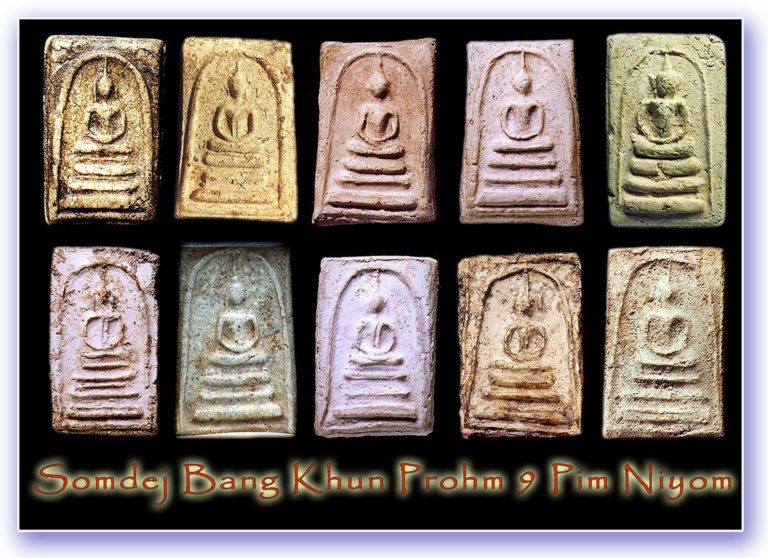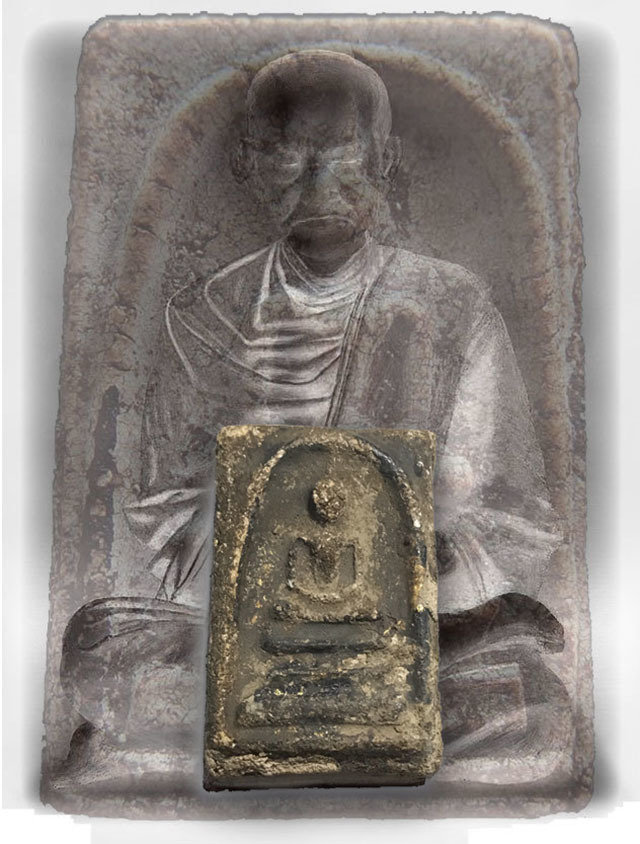Pra Somdej; The King of all Time, of all Thai Buddha Amulets
Discover the Rich Heritage of Pra Somdej Thai Amulets – Overview
The Pra Somdej Wat Rakang Kositaram amulets are highly revered in the Major Pantheon of Thai amulets. These amulets are believed to have been blessed by the legendary monk, Somdej Toh, who was the Abbot of Wat Rakang Kositaram in Bangkok, Thailand during the late 18th and early 19th centuries. The Pra Somdej amulets are renowned for their powerful protective qualities and are highly sought after by collectors and devotees alike. The Major Pantheon of Thai amulets is a prestigious group of amulets that includes the Pra Somdej, among other highly revered amulets in Thai culture.
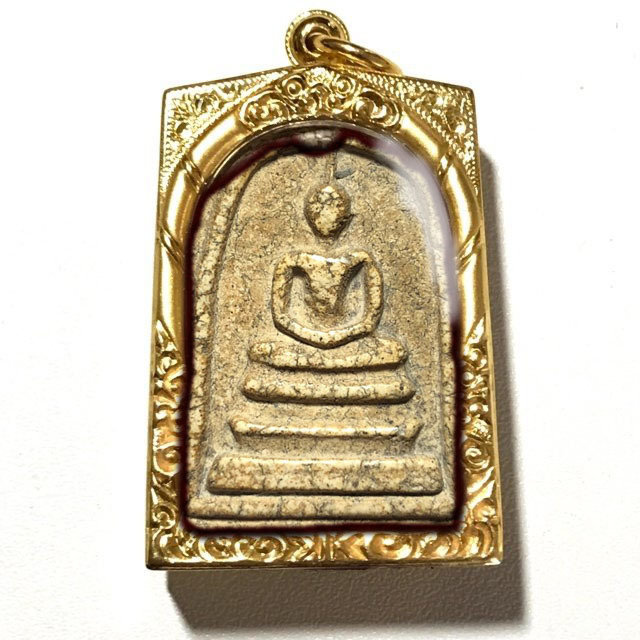
Historical Background
Somdej Pra Puttajarn (Toh) Prohmrangsri, also known as Somdej Toh, was a highly revered monk during the Rattanakosin period. He is renowned for his profound knowledge of Buddhist scriptures and his exceptional spiritual practices. Somdej Toh created the Pra Somdej amulets during the mid-19th century, and they have since become one of the most sought-after amulets in Thai Buddhism.
Key Types of Pra Somdej Amulets
- Pra Somdej Wat Rakang:
- Description: The most famous type of Pra Somdej amulet, created at Wat Rakang Kositaram. These amulets are known for their distinctive design, which includes the Buddha seated on a stepped dais.
- Eras: The creation of Pra Somdej Wat Rakang is divided into several eras, reflecting different periods and styles of production.
- Pra Somdej Bang Khun Prom:
- Description: These amulets are from Wat Mai Amataros (Wat Bang Khun Prom). They are highly valued for their fine craftsmanship and the sacred materials used in their creation.
- Notable Variants: There are different models or “pim” of these amulets, each with unique features and characteristics. Some notable pims include Pim Yai, Pim Jedee, and Pim Pratan.
- Pra Somdej Gaes Chaiyo:
- Description: These amulets originate from Wat Gaes Chaiyo in Ang Thong province. They are recognized for their larger size and the robust image of the Buddha.
- Significance: Pra Somdej Gaes Chaiyo amulets are particularly esteemed for their powerful protective qualities and are often sought by those in need of strong spiritual support
Six Eras of Pra Somdej
In expert circles, Pra Somdej amulets are categorized into six different eras based on their historical and production context. Each era represents a distinct period of creation, with varying styles, materials, and spiritual significance:
- Pre-Wat Rakang Era: Includes amulets made before the famous Wat Rakang era, such as Pra Somdej Wat Plab and Pra Wat Dong.
- Wat Rakang Era: The era when Somdej Toh was active at Wat Rakang, producing some of the most iconic and highly revered amulets.
- Post-Somdej Toh Era (2414-2430 BE): Amulets made shortly after Somdej Toh’s time, continuing his tradition.
- Second Post-Somdej Toh Era (2430-2480 BE): Further development and diversification of Pra Somdej amulets.
- Early Modern Era (2481-2594 BE): Amulets produced during the early modern period, including those made by Luang Phu Nak.
- Contemporary Era (2495-2510 BE): The latest era, marked by a revival and increased production of Pra Somdej amulets.
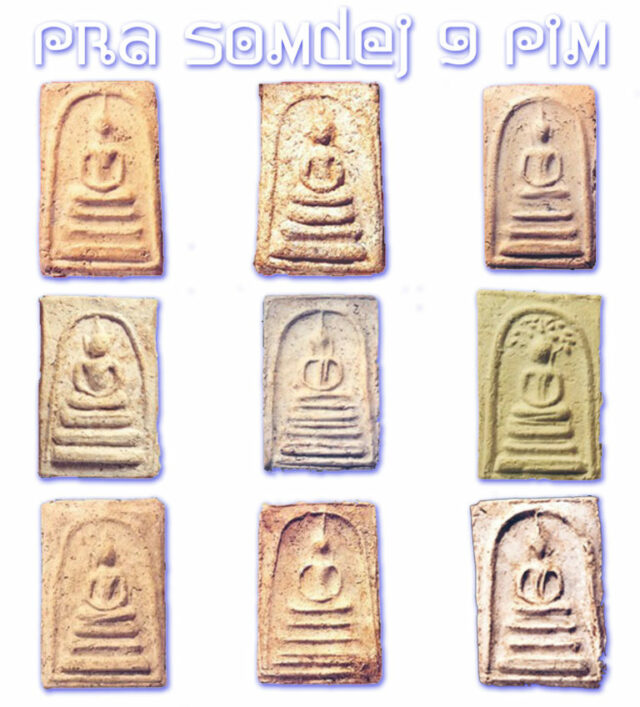
Spiritual Significance
Pra Somdej amulets are revered for their supposed spiritual benefits, including protection from harm, enhancement of one’s charisma (metta mahaniyom), and general well-being. Devotees believe that wearing a Pra Somdej amulet can bring about spiritual growth and blessings, attributed to the sacred incantations and materials used in their creation.
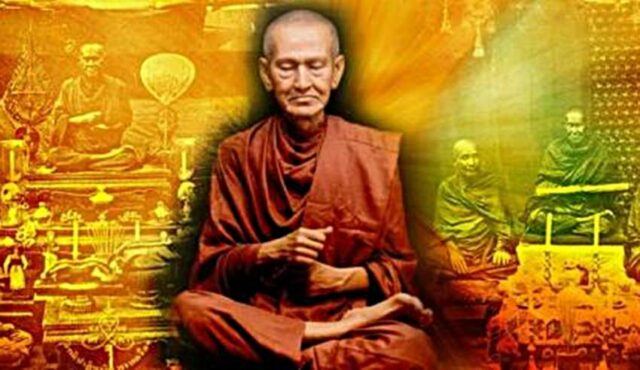
Collectibility and Value
The collectibility of Pra Somdej amulets is influenced by factors such as age, provenance, condition, and historical significance. Older amulets, particularly those made during Somdej Toh’s time, are highly coveted and command high prices in the amulet market. Collectors often seek out rare pims and amulets with unique features, which are believed to carry greater spiritual power.
Pra Somdej amulets, created by Somdej Pra Puttajarn (Toh) Prohmrangsri, hold a special place in Thai Buddhist culture. Their historical significance, spiritual benefits, and aesthetic appeal make them cherished artifacts for collectors and devotees alike. The rich history and diverse types of Pra Somdej amulets continue to inspire reverence and fascination, ensuring their legacy endures through generations.

